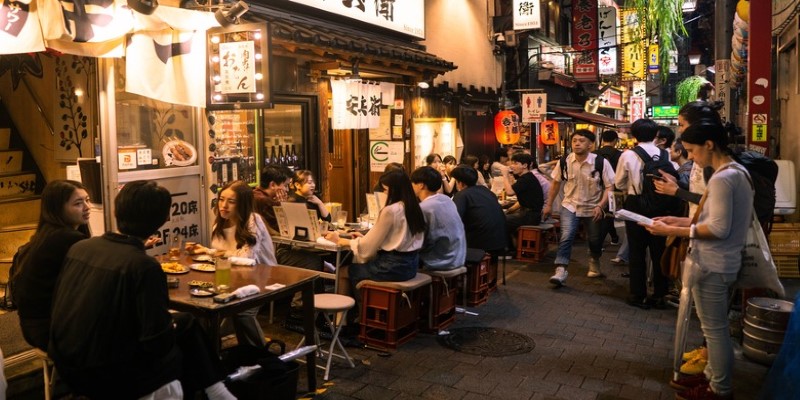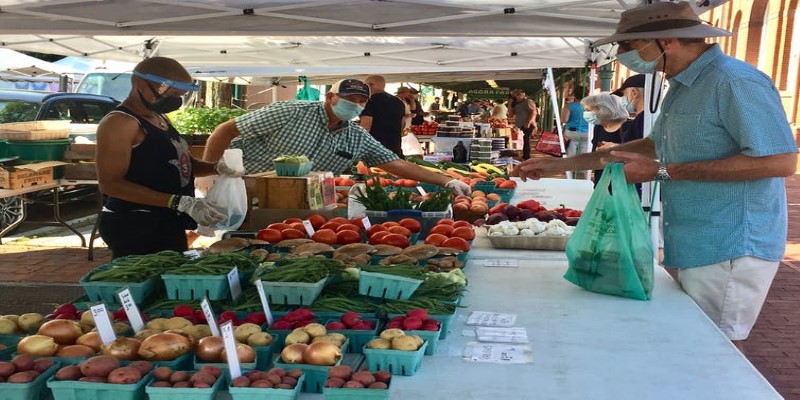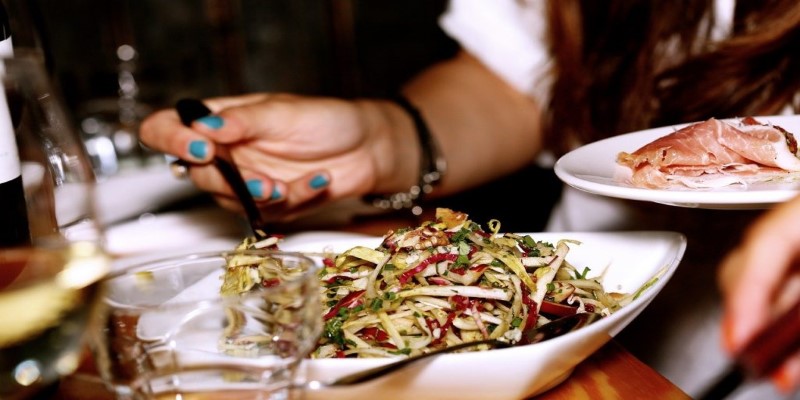How To Find The Most Authentic Local Restaurants
Do you ever feel like you're missing out on the true essence of a destination because you end up eating at touristy spots? Finding an authentic local restaurant can make a good trip unforgettable. But with so many options, how do you separate hidden gems from tourist traps?
In this guide, we'll discuss tried-and-true strategies for discovering the best local eateries, whether you're in a bustling city, a quiet town, or a remote village.
Why Authentic Local Restaurants Matter
Authentic restaurants don’t just serve food; they serve culture, tradition, and a slice of local life. Eating where the locals eat means:
Better Flavors
Traditional cooking methods, fresh ingredients, and generations-old recipes.
Lower Prices
Authentic local spots often cater to residents, not tourists, so the prices are fair.
A Richer Experience
You immerse yourself in the community, interact with locals, and taste dishes you might never find in mainstream restaurants.
Now, let’s dive into how you can track down the best authentic restaurants wherever you go.
1. Follow The Locals, Not The Tourists

If a restaurant has a menu with pictures and translations in multiple languages and a waiter standing outside trying to lure people in, it's probably a tourist spot. The best local restaurants don't need to advertise—they rely on word-of-mouth and a steady flow of regulars.
How To Spot A Local Favorite:
Look for long lines of locals, especially during meal hours.
Check if the place is busy, even at odd hours—some of the best spots serve food late at night or early in the morning.
If you see families, office workers, or groups of older adults eating there, it's usually a good sign.
Pro Tip:
Join a community event or ask a local where they go for a casual meal. Most people love sharing their favourite spots!
2. Skip The Tourist Hotspots And Wander Further
The closer you are to a major tourist attraction, the less likely you will find authentic food. Many restaurants in these areas are designed for convenience, not quality.
How To Escape The Tourist Traps:
Walk 5-10 minutes away from any major attraction before looking for food.
Explore side streets, alleys, and quieter neighbourhoods.
If a restaurant has a menu in only the local language, you’re on the right track!
Pro Tip:
Markets and food stalls often provide some of the most genuine food experiences. Morning markets and night markets are especially great for discovering local specialities.
3. Use Local Food Apps And Blogs (Not Just Google Reviews)

While Google and TripAdvisor can be helpful, they often prioritize tourist-friendly spots. Instead, check platforms that locals use.
Apps and Websites to Try:
Google Maps (But In A Smart Way)
Read reviews written in the local language for more authentic insights.
Foursquare
Locals often leave tips about what to order.
Yelp (If Available)
Better in some countries than others.
Local Food Blogs
Search “Best local restaurants in [city name]” and look for articles written by locals.
Instagram & Tiktok
Searching hashtags like #LocalEats[City] can reveal hidden gems.
Pro Tip:
If you're in a country where street food is a significant part of the culture (like Thailand, Vietnam, or Mexico), look for YouTube food vlogs by locals—they often highlight the best-undiscovered places.
4. Trust The Street Vendors And Small Family-Owned Places

Some of the most delicious meals come from humble-looking street carts and family-run eateries. If a food stand has been in the same spot for years, it's likely because it serves fantastic food.
What To Look For:
A steady flow of customers, especially locals, in work uniforms.
A simple menu with a few well-executed dishes.
Fresh ingredients are being prepped in front of you.
Pro Tip:
Street food is often the cheapest and most authentic food in many countries. Just choose vendors who cook food fresh rather than letting it sit out.
5. Ask The Right People For Recommendations
Sometimes, the best way to find authentic food is to ask. But who you ask matters.
Who to Ask for Great Food Tips:
Hotel Staff (But Not Concierge)
Front desk workers or housekeeping staff usually know better spots than the concierge, who might suggest tourist-friendly places.
Taxi Or Rideshare Drivers
They eat on the go and often know the best cheap eats.
Shopkeepers And Market Vendors
They’re locals who grab quick bites nearby.
Baristas Or Bartenders
They’re often foodies and can recommend hidden gems.
Pro Tip:
Instead of asking, "Where should I eat?" try asking, "Where do you go when you want a great meal?" This phrasing encourages people to give personal recommendations rather than the most famous (often touristy) spots.
6. Learn A Few Local Food Words
Knowing a handful of food-related words in the local language can make a huge difference. If you can read a menu or recognize certain dishes, you'll have a better chance of ordering something genuinely local.
Essential Food Words To Learn:
The names of popular dishes in that country.
“House special” or “Chef’s recommendation.”
“What do you recommend?” in the local language.
Pro Tip:
If you're feeling adventurous, point to a delicious dish at another table and ask for the same thing!
7. Be Open To Surprises And Try Regional Specialties

Authentic dining isn't just about eating where locals eat—it's also about eating what locals eat. Every region has unique dishes, and sometimes the best meals are the ones you weren't expecting.
How To Embrace Local Food Culture:
Be open to trying new flavours and textures.
If a restaurant has a "daily special," order it!
Look for handwritten dishes on a board—these are often seasonal specialities.
Pro Tip:
If a dish sounds unfamiliar, ask the waiter or a local what it is. You might discover a new favourite meal!
Authentic Dining Leads To Memorable Travel Experiences

Finding the most authentic local restaurants takes a little effort, but the reward is worth it. Whether enjoying a bowl of hand-pulled noodles in China, a plate of homemade pasta in Italy, or a sizzling taco from a street cart in Mexico, authentic food experiences make travel unforgettable.
Next time you're in a new place, use these strategies to eat like a local. You'll come home with great memories, a deeper connection to the culture—and maybe even a new favourite dish.
Related Posts
- Step Into the Ancient World of Greece and Explore Timeless Ruins
- How To Find The Most Authentic Local Restaurants
- 10 Best VPNs for Traveling Safely On Public Wi-Fi
- How To Avoid Pickpockets In Busy Tourist Spots
- 5 Hidden Paradise Beaches That Will Take Your Breath Away
- Dive into Iceland’s Breathtaking Winter Wonderland Adventure